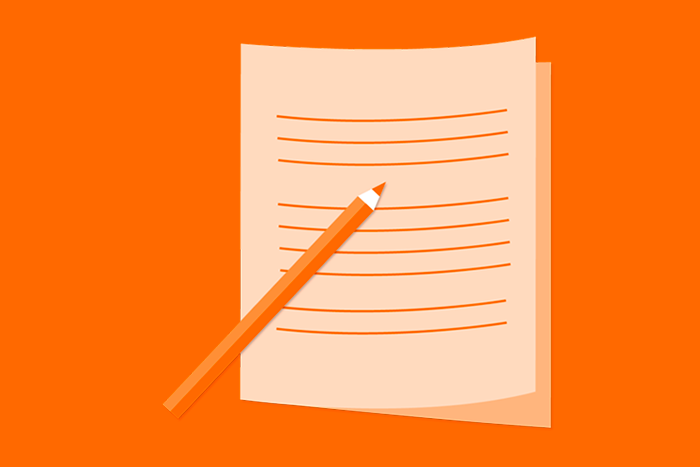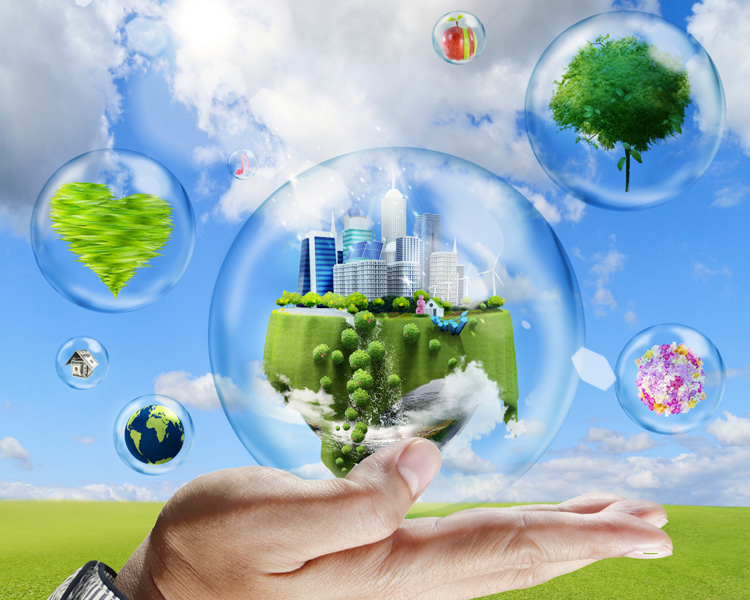

Viewpoints
Viewpoints is a blog in which different writers express their views and opinions on current topics. A new blog post is published about once every four weeks.
You can propose texts by e-mail to viestinta@kesko.fi. The maximum text length is 2,000 characters.
Kari Herlevi: Circular economy is changing consumers and retailing
A circular economy has arrived to Finland at a fast pace over the past year. A circular economy is one of the Finnish government’s spearhead projects and the companies’ willingness to adopt new ways of doing business speeds up the change. But what actually is a circular economy and how does it concern each of us?
What is a circular economy?
Population growth and ever-scarcer natural resources will increase the prices and decrease the availability of raw materials in the future. A circular economy helps Finland to prepare for this development.
A circular economy refers to a well-planned economy where wastage of materials and generation of waste are minimised. The use of resources and materials becomes more efficient so that raw materials stay in circulation and retain their value better than before. In practice this can, for example, mean that sorting and recyclability of materials is ensured in the product design.
Circular economy involves great potential
In a circular economy, more valuable potential than material flows or waste is provided by the maintenance, reuse and remanufacture of equipment. That is, the question is not about recycling which aims to find new uses for waste. According to Sitra surveys, increasing efficiency in the circulation of resources will provide an annual growth potential of at least three billion euros to the Finnish economy by 2030.
Consumers accelerate the change?
In a circular economy, new kinds of services will increase the value of materials. The emphasis in consumption is increasingly shifting to services. People don’t need most items so often that they should own them, which also involves looking after their storage and maintenance. In leasing services, products are returned to the lease provider and the parts that wear out or become technically obsolete fast can be replaced with new ones.
Consumers can shift to a circular economy for instance by recycling the unused items they have in stock, increasing the amount of vegetables in their diet and reducing food wastage. Households are responsible for most of the food waste, which is about double the amount discarded by retail stores.
Retail trade knows how to minimise food waste
Annually, retail stores account for about 65–76 million kilos, that is 4-5% of all food waste. Food removed from sale can now also be donated to charity in Finland. In Helsinki metropolitan area, bread waste is used by the ST1 bioethanol plant.
Key means of minimising food wastage of retail stores include an efficient forecast and order process, as well as logistics, limited product displays, price reductions of outdating products and competent staff. Reducing wastage generates significant savings to large retailers.
A profit-seeking social supermarket will be opened in Sweden this autumn. It will sell slightly damaged fruit and vegetables, and groceries that have recently passed or are just passing their best-before dates.
Kari Herlevi is Senior Lead, circular economy at Sitra, the Finnish Innovation Fund. Sitra’s aim is to establish a common desire across Finland to shift to a circular economy. Sitra’s actions underway comprise, for example, the textiles sector, circulation of nutrients, and technology and export intensive firms.
